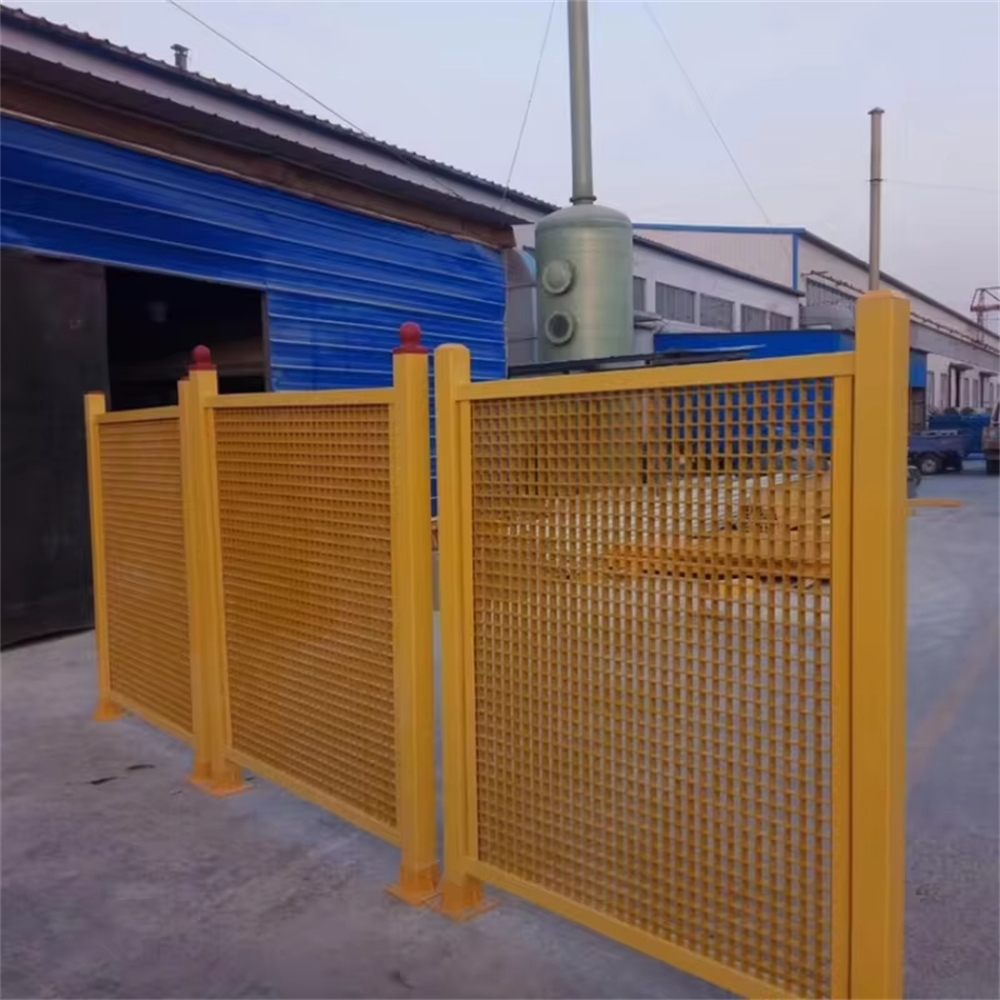- Home
- »
- Fibergrating's Blog
- »
- Cost Analysis To Fiberglass Handrail And Fencing Systems
Table of Contents
Cost Structures Of Fiberglass Handrail And Fencing Systems
When evaluating the cost of fiberglass handrail and fencing systems, it is essential to consider several key factors including material, labor, geographic location, and additional customizations.
Material Costs
The cost of installing different types of fencing can vary significantly based on the material chosen. For example, aluminum fencing typically costs between $2,000 and $5,000, averaging $20 to $30 per foot, making it an attractive and durable option for homeowners.
On the other hand, wrought iron fencing ranges from $1,300 to $4,100 at a rate of $20 to $35 per foot, offering both beauty and security.
Vinyl fencing, which costs between $2,000 and $5,000 at $20 to $25 per foot, is lightweight and easy to install, though it is less effective for security purposes.
Composite fencing is another option, costing between $4,000 and $6,000 and running $15 to $45 per foot. It is a significant investment but requires less maintenance and can last over 20 years.
Barbed wire is a more functional and less attractive option, primarily used for delineating property lines, and is known for its durability and affordability.

Labor Expenses
Labor expenses for fiberglass handrail and fencing systems installation can also vary widely based on factors such as permits, grading, and job complexity. Labor rates depend on the contractor’s skill level and the specific requirements of the project. For example, the cost to hire a land surveyor to measure a yard accurately falls between $300 and $700, which is a crucial step in determining the precise property lines for fence construction.
Geographic Location
Geographic location plays a significant role in labor costs as well. Areas with a high cost of living typically have higher labor costs, while regions with a lower cost of living might have lower labor expenses. Local market competition can also influence labor pricing, with areas having a high concentration of fiberglass handrail and fencing systems companies potentially offering lower average costs due to competitive pricing.
Various Other Factors
Various other factors can influence the total cost of fencing installation. The quality of materials directly impacts pricing, with high-quality fiberglass handrail and fencing systems materials offering better durability and aesthetics but at a higher initial cost. Conversely, low-quality materials might be cheaper upfront but could incur higher long-term maintenance and replacement costs.
Customizations And Additional Features
Customizations and additional features also affect pricing. Complex fiberglass handrail and fencing systems designs or unique customizations can increase both material and labor costs. For accurate budgeting, it is recommended to obtain multiple estimates from different contractors, ideally during off-peak seasons for better pricing.

Comments
Frequently Asked Question
The cost of fiberglass handrail and fencing systems is influenced by several key factors, including material costs, labor expenses, geographic location, and additional customizations. Each of these elements plays a significant role in determining the overall price of the project.
Material costs for different types of fencing vary significantly. For instance, aluminum fencing typically costs between $2,000 and $5,000, while vinyl fencing ranges from $2,000 to $5,000. Composite fencing, known for its durability, can cost between $4,000 and $6,000.
Labor costs can vary widely depending on the complexity of the installation, local labor rates, and any additional work required, such as grading or obtaining permits. Geographic location also plays a crucial role, with higher costs in areas with a higher cost of living.
In addition to material and labor costs, other factors to consider include the quality of materials, potential customizations, and additional features. Complex designs or unique customizations can increase both material and labor expenses, so it’s advisable to obtain multiple estimates for accurate budgeting.

